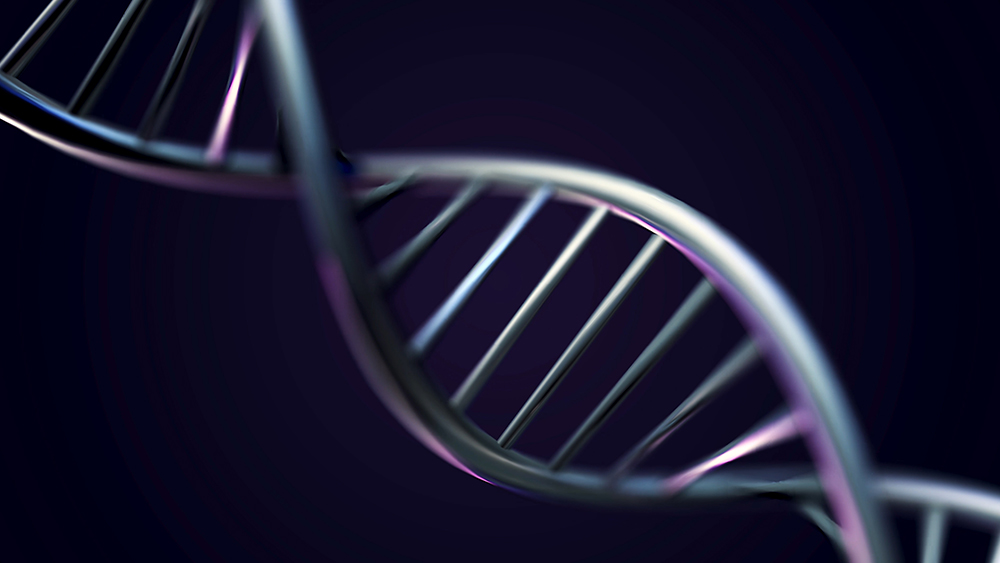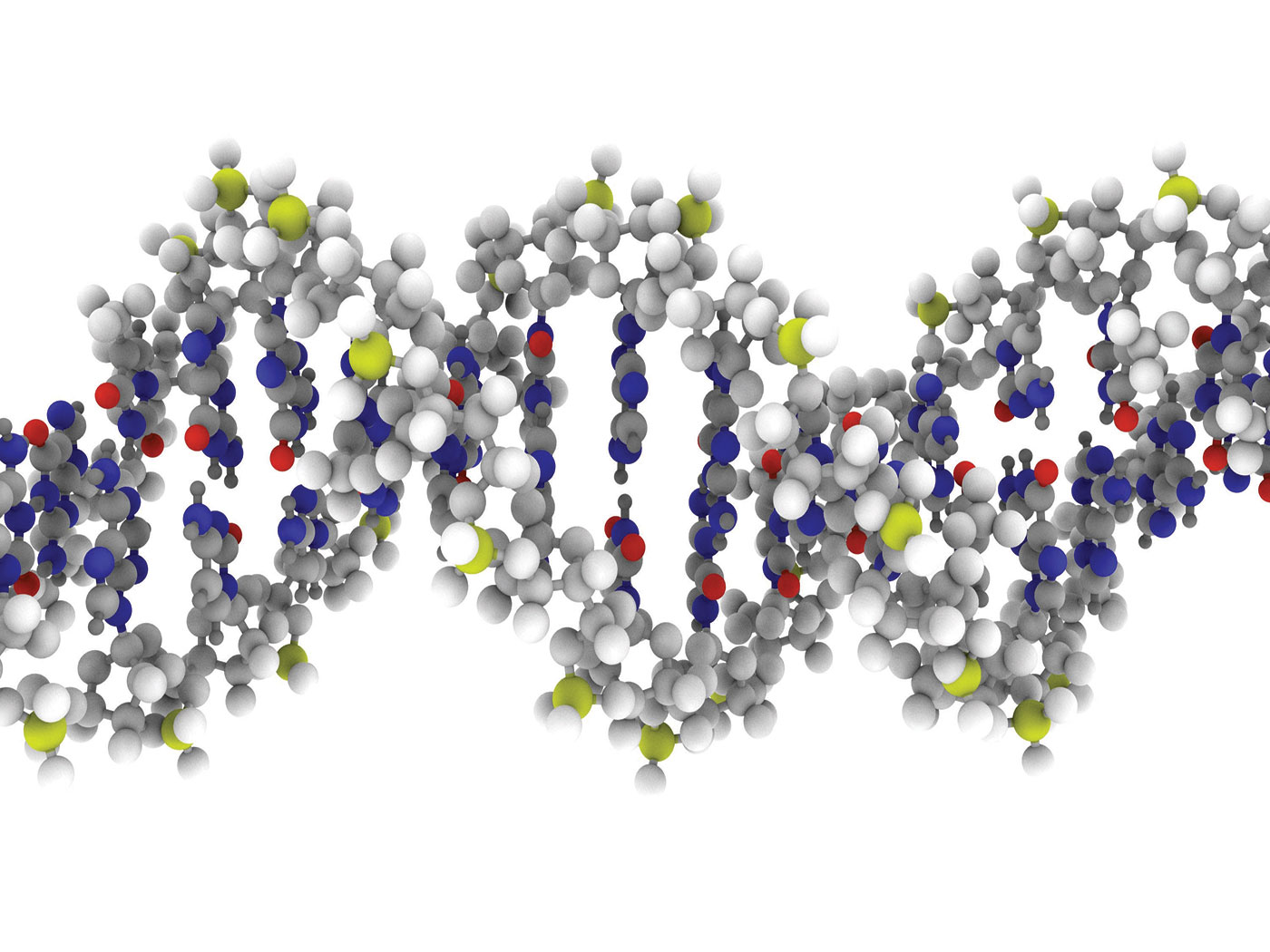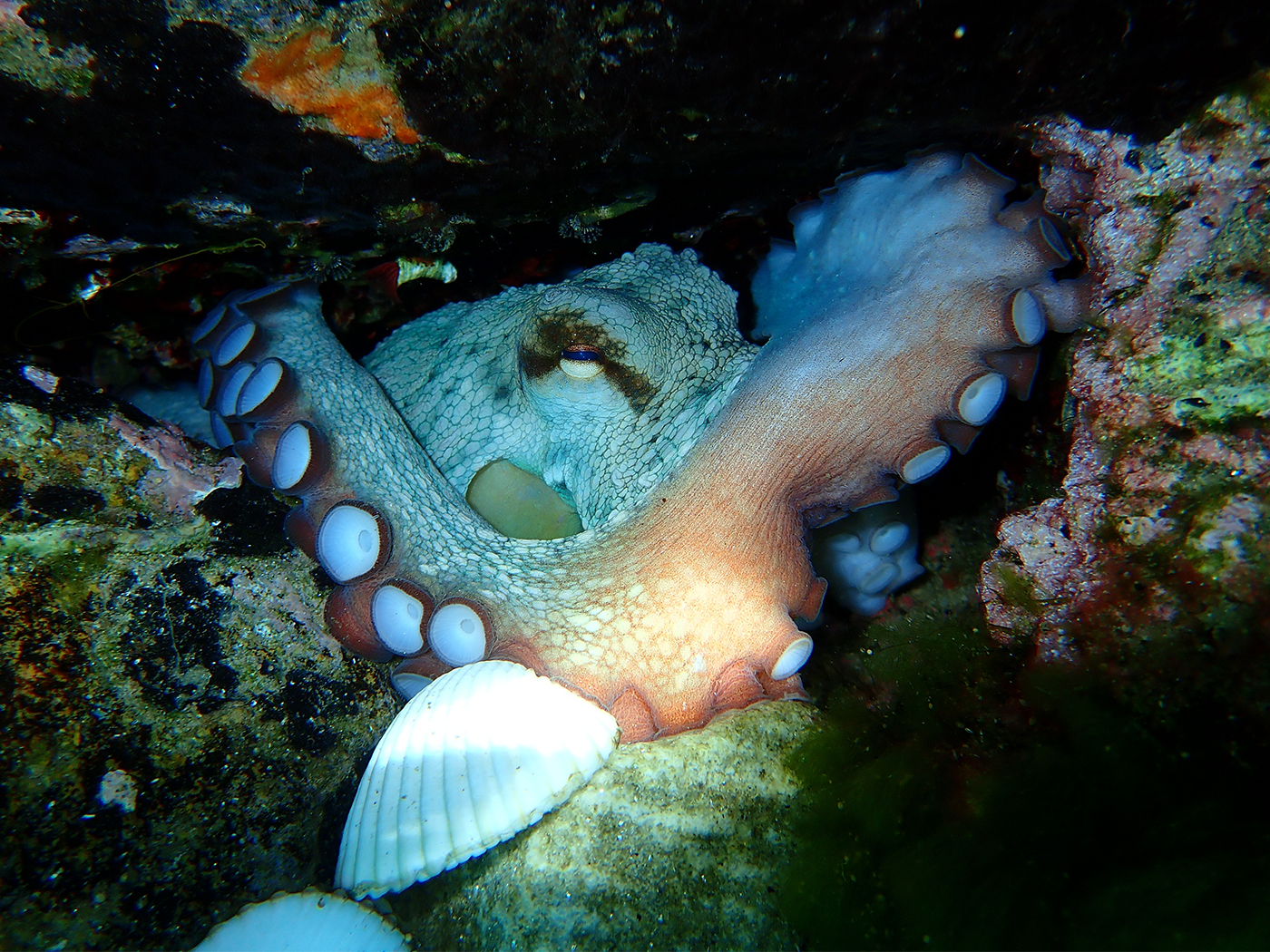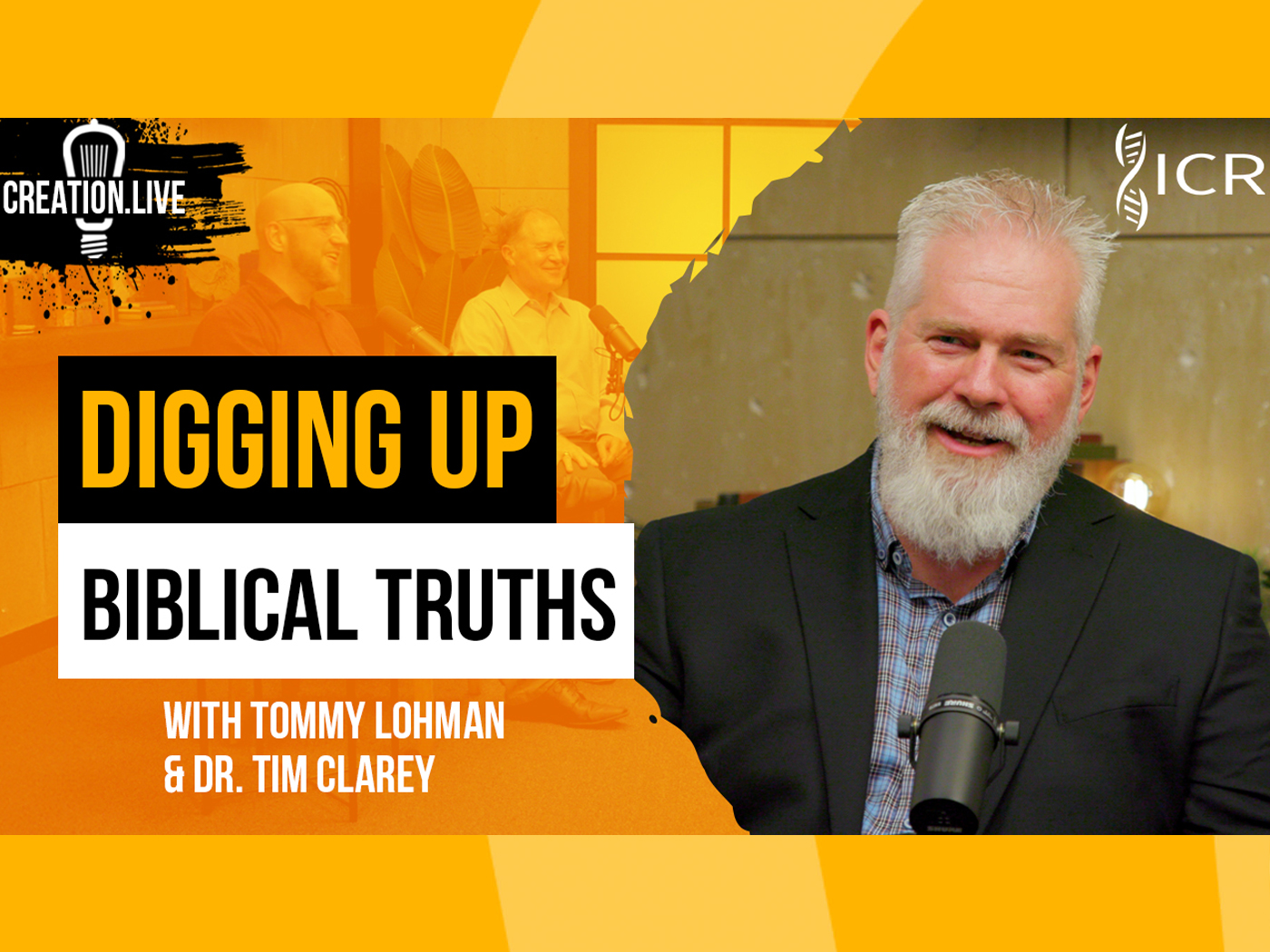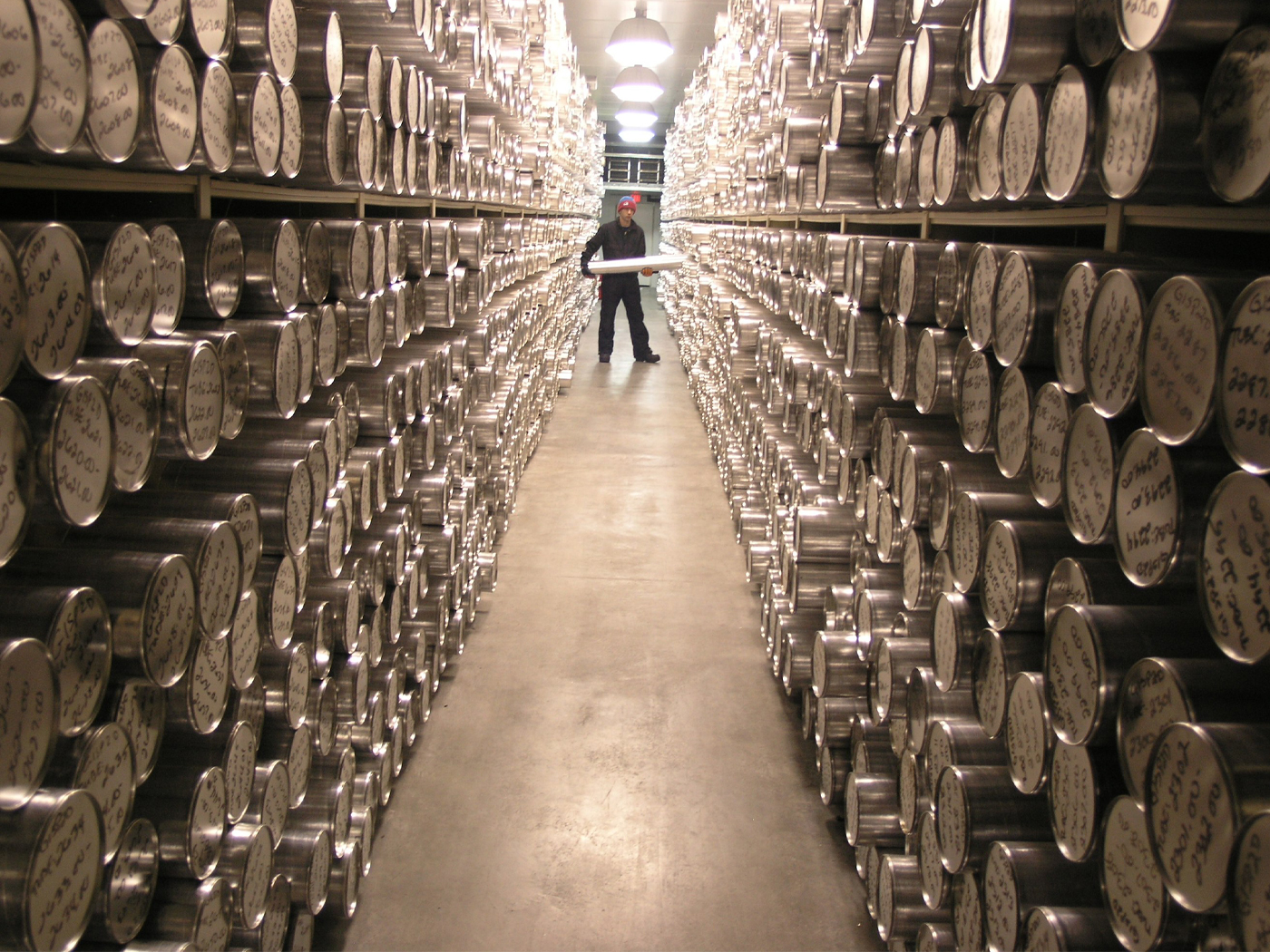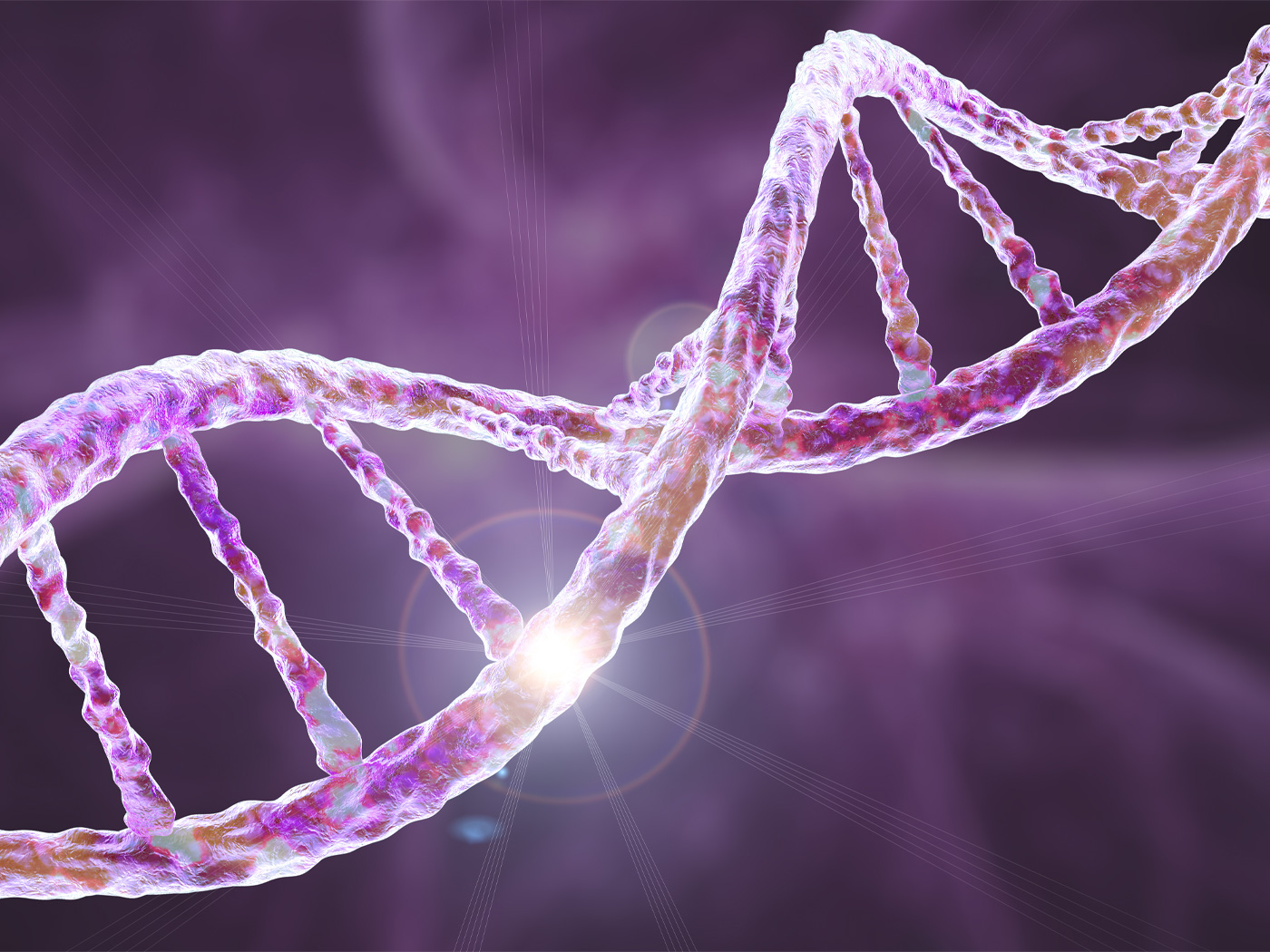Increasing numbers of evolutionists question the validity of their own theory of evolution everyone is taught in school. A recent challenge came from a paper with the intriguing title, “What is mutation? A chapter in the series: How microbes ‘jeopardize’ the modern synthesis.”1
Some may ask: What is the “modern synthesis?” The modern synthesis is the technical name for the classic view of evolution that has held sway for over 80 years. It couples two unproven conjectures into a two-step process that are said to explain how adaptation and evolution happen. The first assumption is that the genetic variability, needed to fuel evolution, is produced through random genetic mutations within a given population. The second step envisions that this genetic variability is then fractioned out in the population through deadly struggles to survive. The process asserts that the physiological and anatomical traits of the population gradually become better fitted to their environment because only a very small number of survivors go on to reproduce, and thus, pass on the so-called “fittest” genes.
Why is the modern synthesis seen as important? The consensus among evolutionists is that the modern synthesis is a thoroughly natural, essentially anti-design way to explain why creatures only look like—but are not actually—designed to fit their environments.2 Evolutionists believe, therefore, that all of the marvelously complicated creature traits which inspire our awe and admiration are simply a conglomeration of mindless, non-purposeful adaptations. This randomness and lack of purpose is what infuses the modern synthesis with its anti-design characteristic. This is more evident when we consider that a human engineer would purposefully design an adaptable entity with an innate capacity to solve challenges rapidly and through regulated mechanisms that produce targeted solutions. But, in utter contrast, we’re taught that evolutionary adaptation is a very slow and iterative hit-and-miss process where random genetic mistakes somehow produce a smorgasbord of traits out of which the environment somehow externally selects for a few of them.
Before these authors reported on their study’s findings, Fitzgerald and Rosenberg acknowledged that the central role to the modern synthesis is the belief that mutations are undirected, random, or purely chance-based. They said, “Mutations drive evolution and were assumed to occur by chance: constantly, gradually, roughly uniformly in genomes, and without regard to environmental inputs…The assumptions of purely ‘chance’ mutations that occur constantly, gradually, and uniformly in genomes have underpinned biology for almost a century…”1 The late evolutionary theorist and historian, Stephen J. Gould, noted that directed mutation has always been the greatest “specter” that could threaten the theory of evolution.3
Could the longstanding assumptions of the modern synthesis be invalid? Numerous recent studies cast doubt that the genetic changes definitively linked to specific adaptations—still called “mutations”—are happening mainly by chance, i.e., dumb luck.4 Fitzgerald and Rosenberg summarized what they and other researchers have discovered:
The evidence for links between environmental challenges and the genetic changes underlying specific adaptations that respond to them is becoming undeniable. Fitzgerald and Rosenberg added that,
Mutation is regulated temporally by stress responses, occurring when organisms are poorly adapted to their environments, and occurs nonrandomly in genomes. Both biases may accelerate adaptation….Similar mechanisms are now described from bacteria to humans, suggesting that regulated mutagenesis may be the rule, not the exception….
Finally they concluded, “Assumptions about the constant, gradual, clock-like, and environmentally blind nature of mutation are ready for retirement.”
Does this mean that Fitzgerald and Rosenberg have given up on Darwinian evolution? Not at all. In fact, they affirmed their credentials as true evolutionists by making an important observation that the source of genetic variation should be seen as distinct from what is believed to be the evolutionary mechanism itself, i.e., that genetic variability is parsed out as environments select for and against organisms through the struggle to survive. They explained, “Any of many possible modes of mutation—purely ‘chance’ or highly biased, regulated mechanisms—are compatible with evolution by variation and selection.” This explains why some theistic evolutionists could claim that God’s creative work was originally the source of genetic variability (subsequently augmented by mutations), but then this variability is fractioned out through survival of the fittest to reproduce.
ICR ascribes the astounding complex design of creatures to their Creator, the Lord Jesus Christ. ![]()
ICR would agree that the modern synthesis is in jeopardy and ready for retirement—not just some parts of it, but the whole thing. This is why we have developed a model for adaptation from an organism-focused, design-based perspective called continuous environmental tracking (CET).5 This model assumes that biological functions like adaptation are best explained by engineering principles tied to the innate, internal capacities creatures possess. It expects adaptation to be characterized as highly regulated and rapid, as Fitzgerald and Rosenberg noted, and with solutions to challenges so targeted that they are predictable. Just as important, CET rejects selectionism including its mystical “selection events” and the belief that environments somehow exercise volitional agency. Rather, it ascribes the astounding complex design of creatures to their Creator, the Lord Jesus Christ.
References
1. Fitzgerald, D. M. and S. M. Rosenberg. 2019. What is mutation? A chapter in the series: How microbes “jeopardize” the modern synthesis. PLOS Genetics. 15 (4): e1007995.
2. Lewontin, R. 1978. Adaptation. Scientific American. 293 (3): 212-230.
3. Guliuzza, R. J. 2018. Engineered Adaptability: Adaptive Changes Are Purposeful, Not Random. Acts & Facts. 47 (6): 17-19.
4. Guliuzza, R. J. 2018. Engineered Adaptability: Adaptive Solutions Are Targeted, Not Trial-and-Error. Acts & Facts. 47 (7): 17-19.
5. Guliuzza, R. and P. Gaskill. 2018. Continuous environmental tracking: An engineering framework to understand adaptation and diversification. In Proceedings of the Eighth International Conference on Creationism, ed. J.H. Whitmore, 158-184.
*Randy Guliuzza is ICR’s National Representative. He earned his Doctor of Medicine from the University of Minnesota, his Master of Public Health from Harvard University, and served in the U.S. Air Force as 28th Bomb Wing Flight Surgeon and Chief of Aerospace Medicine. Dr. Guliuzza is also a registered Professional Engineer.




